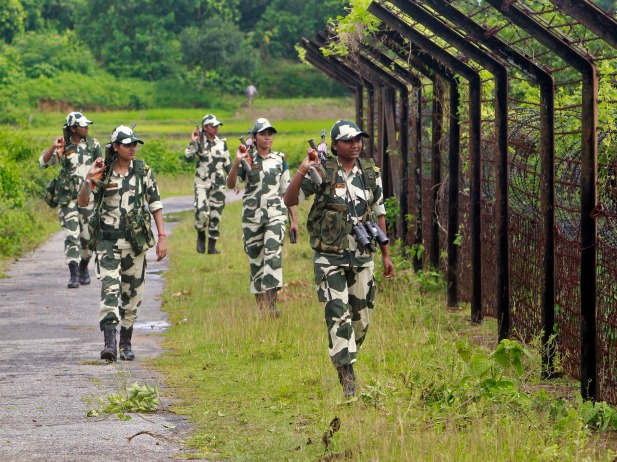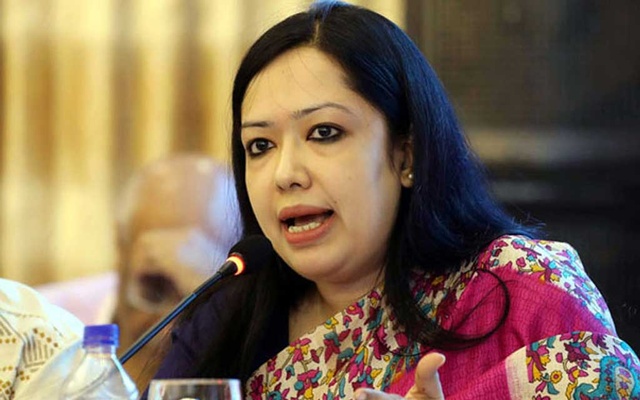
Last update on: Mon May 12, 2025 04:10 PM

Bangladesh’s labour market faces a paradox—while it has a young workforce poised for a demographic dividend, outdated training systems leave many unprepared for the Fourth Industrial Revolution (4IR). With 65 percent of the population in the working-age group, unemployment is rising, affecting around 24 lakh people, including 19.4 lakh youth. Nearly one-third of the unemployed hold higher education degrees, and unemployment is higher among highly educated women. Despite efforts by the Bangladesh Technical Education Board (BTEB) and the National Skills Development Authority (NSDA) to expand technical and vocational education and training (TVET), systemic challenges persist. Many graduates lack hands-on experience, and outdated apprenticeships hinder industry alignment. Employers prioritise experienced workers over TVET graduates, valuing practical exposure over formal qualifications. Without standardised training, workers lack advanced skills, hindering innovation and limiting industries from meeting international standards and driving growth.
Bangladesh’s informal skilling system, based on apprenticeships, lacks formal validation and theoretical knowledge, limiting career growth. Institutes emphasise theory over practice, and outdated equipment hampers skill development. Low TVET perception and limited outreach deter students, while ad hoc training reduces adaptability. Integrating formal and informal systems is crucial for building a workforce ready for the 4IR.
Learning from the German model
The German dual education model, also known as the dual vocational education and training (VET) system, which combines classroom learning and workplace experience, offers a potential solution for Bangladesh’s TVET challenges. By fostering close collaboration between education and industry, this model ensures job readiness, aligns training with market demands, and enhances employer confidence. With 40 percent of Germans graduating from dual VET, the country has a 95 percent employment rate. For Bangladesh, adopting aspects of this model could help bridge the skills gap and prepare workers for the 4IR, boosting employment and economic growth.
To implement this system in Bangladesh, key sectors like manufacturing, IT, healthcare, and hospitality should be prioritised. A sector-specific curriculum must combine theoretical knowledge with practical skills that meet modern industry demands. Strong partnerships between educational institutions, the government, and private companies are vital. Businesses should offer apprenticeships, while schools provide theoretical training. A structured recruitment process must evaluate candidates based on both academic qualifications and aptitude.
Apprentices should receive both classroom and hands-on training, guided by industry mentors. Regular monitoring and feedback will ensure programme effectiveness, while graduates should receive industry-recognised certifications to improve employability. After a successful pilot phase, the programme can be scaled, expanding into new sectors and forming broader partnerships. Continuous refinement of curricula and training methods will keep the programme aligned with evolving industry needs.
The German dual VET system succeeds through collaboration. The government supplies skilled labour, reducing youth unemployment. Employers gain a tailored workforce, and vocational schools align curricula with industry demands. Society benefits from economic stability, innovation, and reduced unemployment, making dual VET a cornerstone of Germany’s labour market success. Bangladesh can replicate this success to harness its youth potential and ensure sustainable economic growth.
The stakes are clear: capitalise on this demographic advantage, or risk squandering it. A robust VET system is key for Bangladesh to tackle unemployment and tap into its youth potential. By aligning education with industry needs, prioritising hands-on training and soft skills, and fostering collaboration, a dual VET model can build a skilled workforce, ensuring sustainable growth and long-term economic stability.
Training youth in the dual VET system may seem costly, but current skill development programmes often produce only semi-skilled workers, leading to high dropout rates. Institute-based training lacks real-world exposure, leaving graduates unprepared for industry demands. Despite years of investment, skilled worker shortages persist. Prioritising education is vital for national development. Implementing modern teaching methods, active learning, learner feedback systems, and soft skills development is crucial for Bangladesh’s economic growth. Investments in education are a priority to build up any developing nation, and most importantly, implementing modern practices in teaching, learning, and assessment through active learning in the classroom, creating a system for learner feedback and inclusion of higher-order cognitive skills and development of soft skills in the curricula is crucial.
S. M. Khaled Mahfuz is a development management professional working at Palli Karma-Sahayak Foundation (PKSF).
Anika Nasrin is deputy lead of the education and skills policy team at the Youth Policy Forum (YPF).
Views expressed in this article are the authors’ own.









